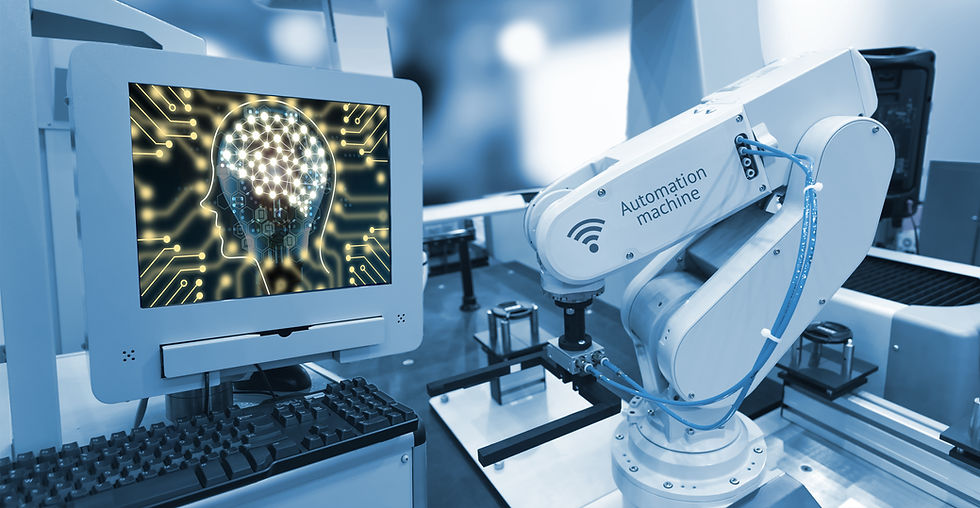
Every once in a while, someone publishes an article warning us from a drastic change in our workplaces that will replace us human workers with robots. Science fiction dystopias show us how bad this might turn out.
Yet if we snap back to the reality of 2019, it seems to be that various automation processes have been applied to replace human labor. when applied to processes, this phenomenon is referred to as Robotic Process Automation (RPA)- a software that turns repetitive work processes to automatic processes.
Raphael is a sales coordinator at a hi-tech company. Every time he gets called via the company website, he must complete the following tasks:
Check whether the caller is registered in the CRM system. if not, register them as a new/potential customer and record the call.
Transfer the call to the relevant party in the organization according to product, geographical location and type of call.
Define a task for said party- customer handling (using the task managing tool).
In case of potential customer, the sales manager must complete the following:
Send an initial e-mail to the customer with the appropriate pamphlet (retrieved from the document library) inviting them to make a phone call (scheduled after checking customer's availability by reviewing their calendar).
Document their status in the task managing system.
Update the weekly report sent to their manager.
These actions require working with several systems and transferring data from one system to the other. As such they consume much valuable time. Raphael feels his potential is being wasted and in turn his motivation decreases. Subsequently, the sales manager might send the wrong pamphlet.
This is where robotic automation comes into the picture. You feed the scenario into the management interface and the robot knows how to interface with the different systems and perform the actions on its own. The interface is user friendly, and whoever defines the tasks doesn't need to know how to program- which means no more depending on development personnel. In some cases, the robot can even identify the actions performed in the user interface and define the action itself so that the sales manager will waste less time operating the operational systems and dedicate more time to the customers. Raphael can utilize his skills for more advanced and fulfilling tasks, rather than burnout due to repetitive, menial work.
One robot can perform several tasks simultaneously. Robots don't have workers rights and can work 24X7, enabling maximal availability to customers.
The next step will be a robot that follows orders, learns the work routines and suggests other processes that can be automated. The data collected by the robot can contribute to the development of the business such as identifying growing markets or organizational data flow weak spots.
In conclusion, robots are not replacing workers. They are merely providing them with more time to develop and evolve, thus advancing themselves and the organization. The cost of an RPA solution is worth saving the hours that workers waste on repetitive, structured processes.
Knowledge workers are the big winners from working with robots. Thanks to the robots, they can invest more time in creative thinking and developing their own knowledge and information as well as the organization's data. Everyone wins.

Comments